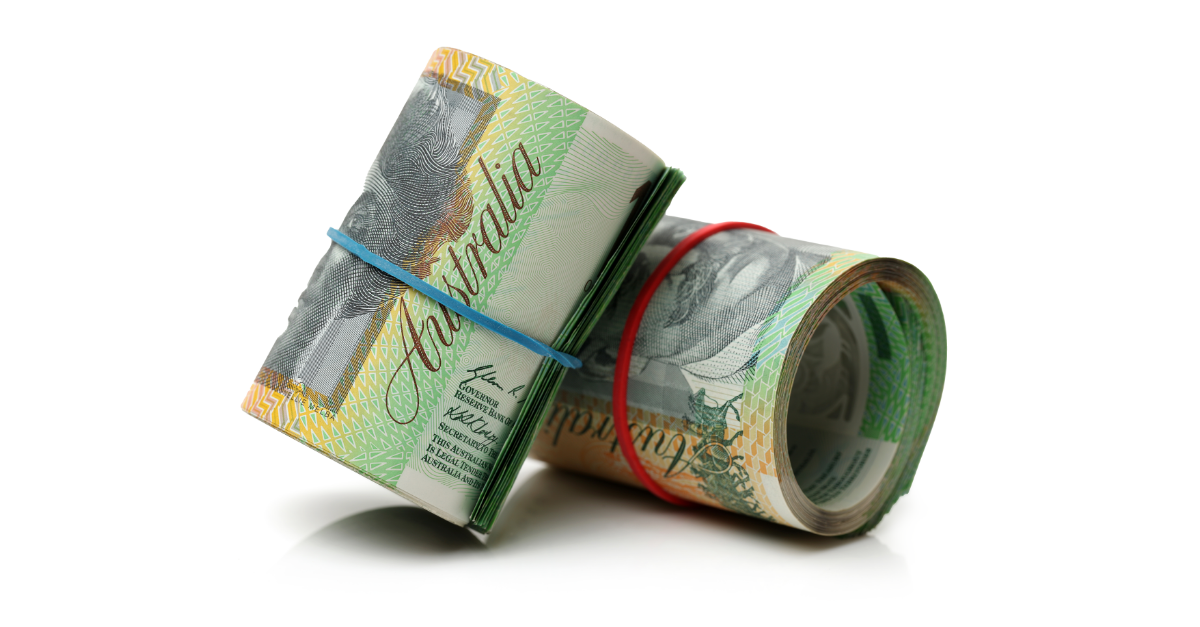
5 minute read
Show me the fine print
Tempted by cashback offers? Take a breath and run the sums with an expert.
Mortgage refinancing has hit record highs as borrowers chase better deals in the face of rapid interest rate hikes. And lenders keen to snap up these swinging homeowners are dangling more and more cashback carrots.
In March, there were more than 30 loans on the market advertising cashbacks around $2000-$5000, most for refinancers rather than new borrowers.
While the lure of cold hard cash is undeniable, any offer involving free money quite rightly gets people’s Spidey senses tingling. What’s the catch?
Well, when it comes to cashbacks, the catch can often be that higher rates and loan fees may erode short-term gains over time. So, if you’re a set-and-forget borrower, you may end up worse off in the long run. On top of this, each loan has different terms and conditions that can limit repayments, or require additional bank accounts and credit cards that add costs.
However, in the right circumstances, a cashback can work. There’s a lot to consider, so let’s step through a few basics, starting with why a mortgage broker is a good jumping-off point to see how cashbacks stack up against other refinancing options.
Your advantage is our legal duty
Most lenders are bound by Responsible Lending Obligations (RLO). That means they need to make sure consumers can repay a loan.
But from the start of 2021, mortgage brokers have also been held to a higher standard, known as Best Interest Obligations (BIO). Under combined RLO and BIO, mortgage brokers need to not only check clients can afford a loan, but that it is also in their best interests. In short, it’s our legal duty to recommend the product that will work best for you.
That’s a reassuring industry guarantee when you’re navigating a range of products that, on the face of it, can seem quite similar, but come with complex conditions.
So, call to arrange a meeting to discuss all your options, but first, it’s worth explaining a few basics about cashbacks.
Why offer cash?
Historically, the aim was to cover out-of-pocket costs that frequently prevented borrowers from switching lenders, such as application and break fees. But as this process has become easier, and refinancing rates have skyrocketed, they’ve become more of an enticement.
To get an idea of how many homeowners are loan shopping, refinancing rates are running around 25 per cent higher than the same time last year, according to the Australian Bureau of Statistics, and hit an all-time high in November.
What to weigh up
Even Reserve Bank Governor Philip Lowe thinks homeowners should be looking at refinancing, telling Parliament’s economics committee in February: “There are some good deals out there and people should hunt them down and take them.”
If you’re hunting a cashback, there are few things to keep in mind:
• Comparison rate: You’re not alone if you’re not exactly sure what a comparison rate is. Essentially, it’s the long-term cost of a loan, including fees and charges. It’s calculated based on a $150,000 loan over a 25-year term and is seen as a better reflection of actual costs. Lenders are required to list a comparison rate alongside their advertised rate to allow borrowers to compare apples with apples. Of course, your individual circumstances will impact these calculations.
• Beware prison terms: Don’t base any cashback decision on pocketing some quick cash and refinancing in 12 months. A lot can change in a year, so don’t expect to automatically qualify for the same loan amount. Rising inflation and interest rates, along with falling house prices can impact both your borrowing capacity and equity. Be wary of getting locked into a loan that won’t work in the longer term if you can’t refinance. The Australian Financial Review1 estimated that in the year to March 2023, the amount most people could borrow from major banks had dropped by around 30 per cent.
• The fine print: It almost goes without saying, but your mortgage broker will step you through any less obvious fees that can impact the cost of the loan.
• Stress test a three-year outlook: Brokers are seeing a relatively new phenomenon: customers looking to refinance each year, often chasing cashbacks. While it’s good to review your loan regularly, jumping from one package to another for the wrong reasons can impact your credit score. Aim to compare loan costs based on a minimum three-year horizon.
• You don’t ask, you don’t get: Before you switch, get your broker to ask your current lender for a better rate. The market is so competitive at present, it may save you the time and money of applying for a new loan, so it’s almost as good as securing a cashback.
1. Sweeney, N, Rate rises slash borrowing capacity by 30pc, The Australian Financial Review, 10 March, 2023. www.afr.com/property/residential/rate-rises-slash-borrowing-capacity-by30pc-20230310-p5cr3e



